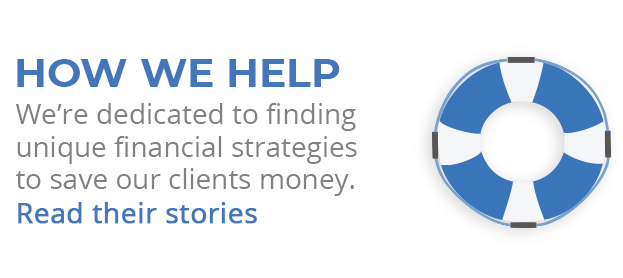Wall Street skips a beat on three words. The words were “around six months,” and they were spoken by Federal Reserve chair Janet Yellen at the Federal Open Market Committee’s March 19 press conference. Those three words sent the Dow south 190 points; it lost 114 points on the trading day.
Specifically, Yellen was responding to a question about interest rates. A journalist referred to the FOMC’s latest policy statement, which stated that rates could remain at historic lows “for a considerable time” after the end of the Fed’s current asset-purchase campaign. When asked to clarify that, Yellen said:
“So the language that we used in the statement is ‘considerable period.’ So I, you know, this is the kind of term it’s hard to define. But, you know, probably means something on the order of around six months, that type of thing.”
Yellen refined that educated guess a bit further, noting that a shifting Fed outlook on the job market and inflation would also come into play. She spoke for more than an hour, but the market heard those three little words the loudest. Off the cuff or not, it was the most specific statement Wall Street had heard from the Fed in some time.
As QE3 is on pace to end in Q4 2014 given ongoing tapering, Yellen essentially signaled that interest rates could rise as soon as spring 2015 – and that would be about six months ahead of market expectations.
Yellen’s spontaneity aside, what did the FOMC statement say? In addition to announcing another $10 billion cut in the Fed’s monthly stimulus, the central bank modified its guidance for raising interest rates. Previously, the Fed had mentioned raising rates once the jobless rate fell below 6.5%; that was the defined trigger. Inflation and other financial factors will now also be strongly considered in such a decision.
To elaborate, here is the comment the FOMC statement made: “Economic conditions may, for some time, warrant keeping the target federal funds rate below levels the [Fed] views as normal in the longer run.” That sounds dovish. The Fed sees a “normal” benchmark interest rate (for the long term) as 4%, and the federal funds rate may not approach that level for a few years.
The central bank’s freshly revised economic forecast envisions the benchmark interest rate at 1% by the end of 2015 and 2% by the end of 2016 – adjustments many analysts would characterize as necessary given the rebounding economy.
Additionally, the FOMC also revised its unemployment forecast. It now thinks the jobless rate will be around 6.1%-6.3% by the end of this year. In December, the range was projected at 6.3%-6.6%.
The Fed hasn’t made any move with interest rates since February 2010, when it raised the discount rate by 25 basis points. It hasn’t touched the federal funds rate since December 2008, and the last time it moved north was in June 2006.
Does this economy need cooling down? The central bank raises rates to rein it in when it overheats. At this juncture, growth is moderate and inflation remains tame. Therefore, the federal funds rate and discount rate may remain where they are well into 2015.

About the Independent Financial Advisor
Robert Pagliarini, PhD, CFP®, EA has helped clients across the United States manage, grow, and preserve their wealth for the past 25 years. His goal is to provide comprehensive financial, investment, and tax advice in a way that was honest and ethical. In addition, he is a CFP® Board Ambassador, one of only 50 in the country, and a real fiduciary. In his spare time, he writes personal finance books, finance articles for Forbes and develops email and video financial courses to help educate others. With decades of experience as a financial advisor, the media often calls on him for his expertise. Contact Robert today to learn more about his financial planning services.










